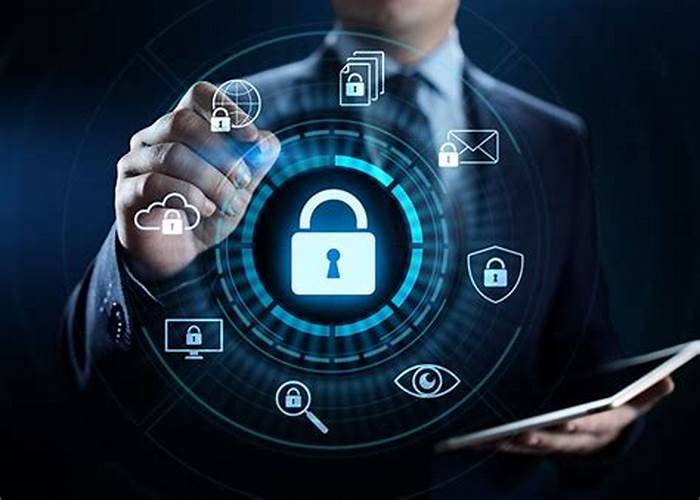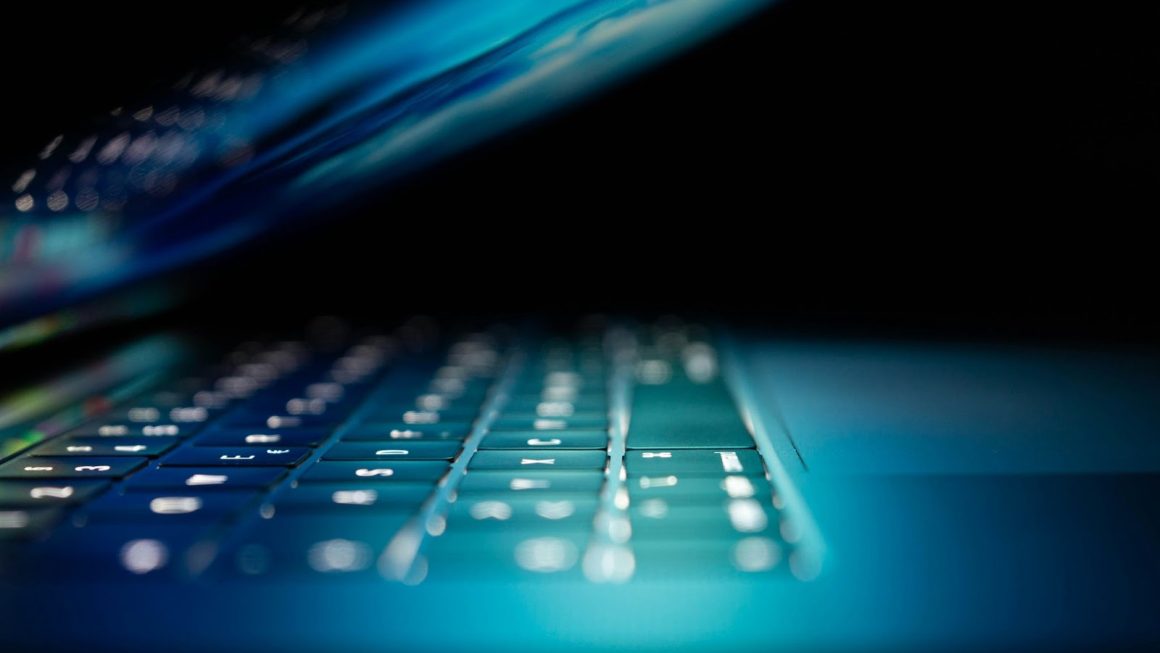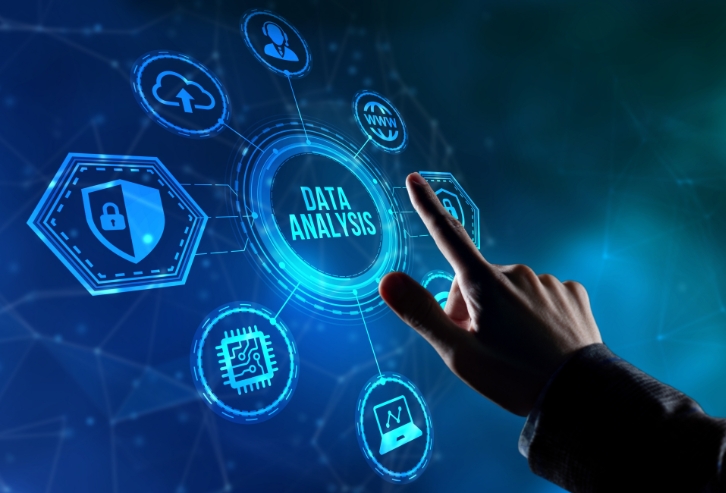With multi-factor authentication (MFA), a user must give two or more verification factors to access a resource, such as an application, an online account, or a VPN. MFA is a crucial component of a strong identity and access management (IAM) policy. MFA reduces the likelihood that a cyberattack would be successful by requesting one or more other verification criteria for a login and password.
What is the multi-factor authentication procedure?
It’s essential to remember that there are fundamentally two main types of multi factor authentication.
- MFA for applications: The authentication procedure that kicks in when a user tries to access one or more applications.
- Device MFA: The method of authentication that turns on MFA right away when a user logs into a system.
Despite being distinct methods, MFA is essentially the same for both varieties. NinjaAuth authentication prevents unauthorized users from accessing some devices (such as phones, laptops, servers, etc.) and requires them to enter two or more authentication factors. A core identity provider (IdP) will grant access if the factors get accepted as valid.
Your phone number is one of the authentication criteria that is frequently requested. When using multi factor authentication, you typically log in using your username, password, and a unique code get provided to your mobile device through text message. It shows that even without your smartphone, get “registered” as a device to receive these codes and remember your username and password.
Things you should know:
The second step won’t come up too frequently. Despite some people’s concerns, this authentication is typically only required the first time you sign into a device or app or the first time you sign in after resetting your password. Your primary factor, which is often a password like you use currently, is what you’ll need next. The added protection is due to the likelihood that the person attempting to access your account won’t be using your device and will need the second factor to gain access.
It is not only used in business or the classroom. You should go into the account settings for those services and turn on adding a second stage of authentication for virtually every online service, including your bank, personal email, social media accounts, and email accounts. To enable two-step verification for your individual Microsoft Account, go here. One of the easiest ways for thieves to access your data, identity, or money is when passwords get stolen. One of the simplest ways to make it far more difficult for them is to use access management.
Why is it necessary to use two-factor authentication?
Organizations face more hazards and security requirements as they digitize operations and assume increasing responsibility for safeguarding consumer data. Verifying user identity has become crucial because attackers have long used user login information to access critical systems. Since users frequently reuse passwords across services and construct passwords with little complexity, authentication based on usernames and passwords is unreliable and cumbersome. Users may also have problems storing, remembering, and maintaining them across several accounts. Because passwords get so easily obtained through malware, phishing, and hacking, they also provide inadequate security.



